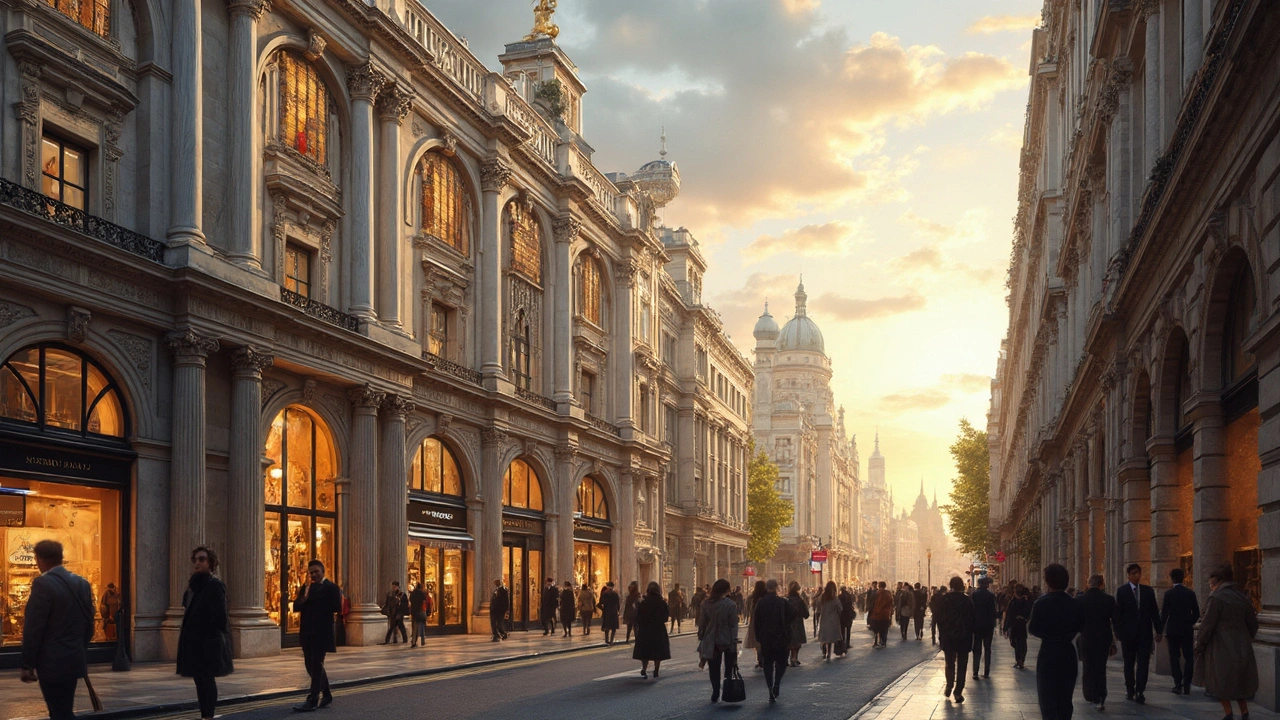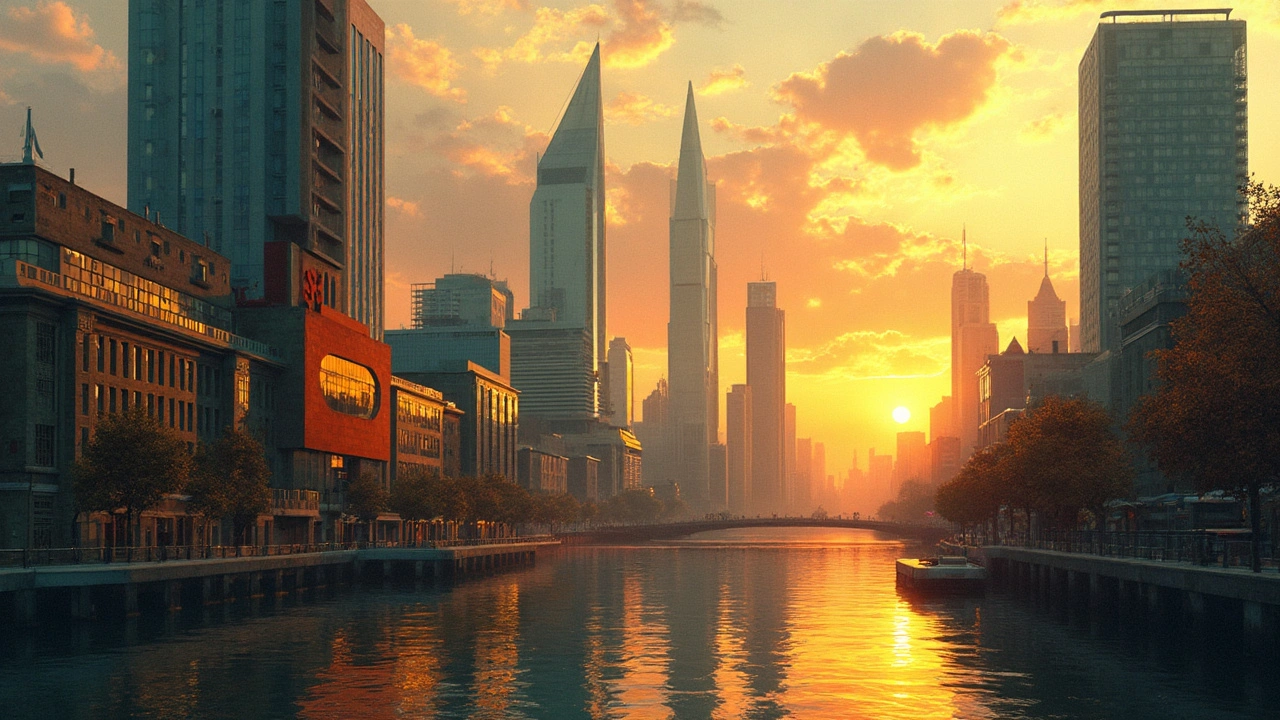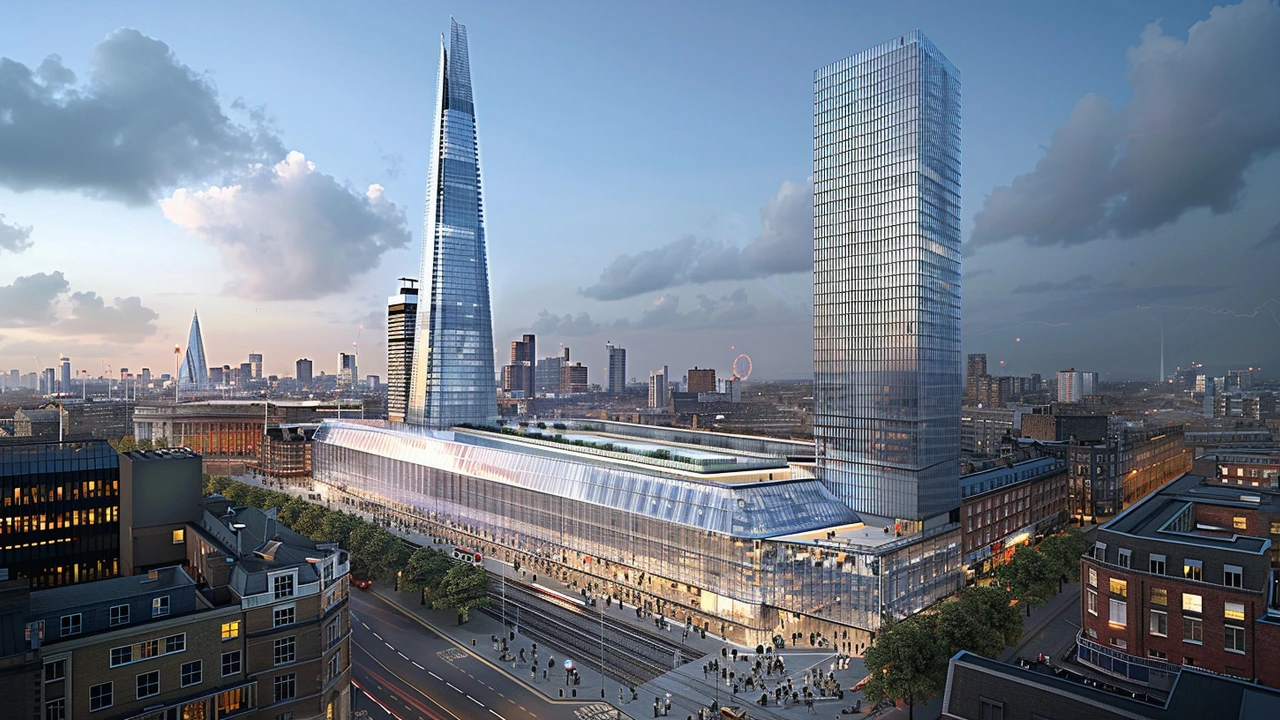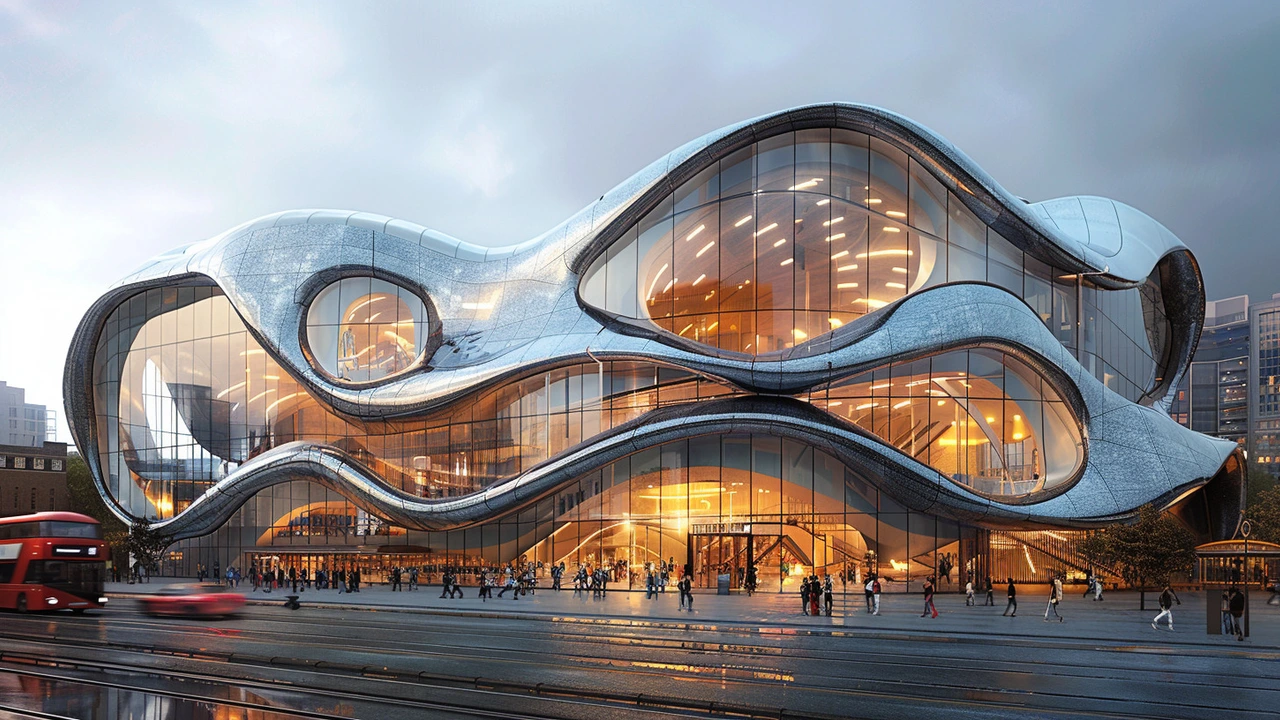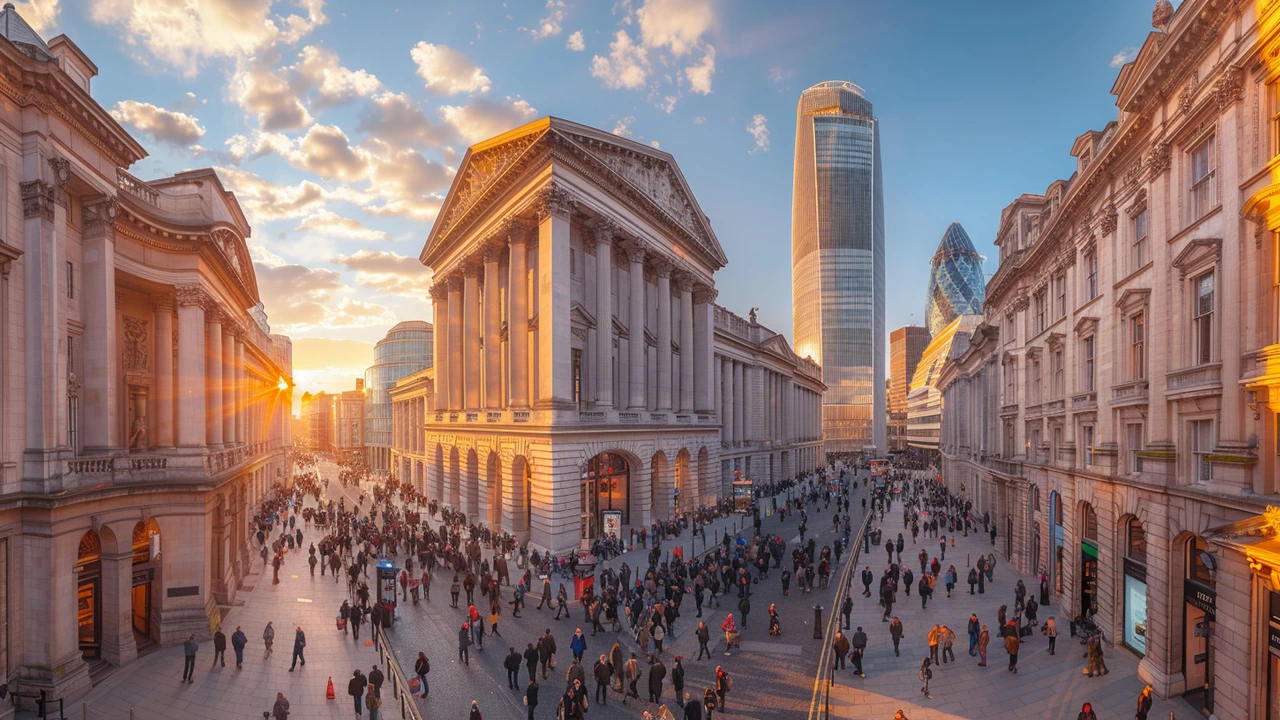This article explores the bold world of constructivist architecture, tracing its rise in the early 20th century, the political and social reasons behind its unique look, and its lasting influence on modern design. You'll discover what sets constructivist buildings apart, plus practical tips for spotting their features in the real world. If you love dramatic facades, eye-catching structures, and stories where art meets politics, you're in for quite a ride. Get ready to look at buildings in a whole new way. It’s a fresh angle on architecture that still feels ahead of its time.
Modern Design: Practical Guide to Contemporary Architecture & Interiors
Modern design isn’t just minimal sofas and glass boxes. It’s a set of clear choices — about materials, structure, and how spaces work for people. You’ll find modern ideas in clean Bauhaus lines, bold mid-century pieces, high-tech glass towers, and even neo-futurist experiments. This page helps you spot those ideas and use them without overthinking style rules.
At its core, modern design favors function, honest materials, and simple forms. Architects use steel, concrete, glass, and clever engineering to solve real problems: let light in, create flexible rooms, or push building limits with new tech. That’s why articles like “Bauhaus Style: How It Shaped 20th Century Design” and “High-Tech Architecture: Transforming City Skylines with Modern Design” matter — they show how ideas became practice.
How to spot modern design — quick checklist
Want a fast way to recognize the style? Look for these features: clean geometry (straight edges or deliberate curves), open plans, exposed structure (you can see steel or concrete), large windows, and minimal ornament. Mid-century modern keeps warm wood and iconic furniture; high-tech celebrates visible systems and glass; neo-futurism plays with unusual forms and tech-driven shapes.
Modern design also borrows from older movements. You’ll spot classical balance in some contemporary facades or Beaux-Arts scale used in modern civic buildings. Check pieces like “International Style” or “Renaissance Architecture” to see how older ideas still shape today's designs.
Practical tips to bring modern design home
Start small. Choose one or two modern elements — a low-profile sofa, a single statement light, or a large unframed window treatment. Keep colors neutral but use texture: raw plaster, oak floors, concrete counters. Let art and a few well-made objects add personality. Avoid over-cluttering; modern design needs breathing room.
Use materials honestly. If a beam or duct can be shown, make it part of the look instead of hiding it. For tight budgets, mimic modern lines with simple cabinetry and clean hardware rather than full-scale renovations. Want vintage warmth? Mix one mid-century chair with modern lighting.
If you’re curious about the big picture, read across styles. Articles on this site cover Bauhaus, Mid-Century Modern, Neo-Futurism, Constructivist architecture, Postmodern twists, and Expressionist experiments. Each piece shows how the same modern goals — function, clarity, new tech — take different forms over time.
Don’t treat modern design as a strict rulebook. Use the checklist above, try one change at a time, and let function guide choices. Explore the linked articles for examples and inspiration — you’ll see how designers blend past ideas and new tech to make spaces that work and look fresh.
Baroque architecture, with its drama and bold forms, isn't just a relic of the past—it still inspires buildings and cities today. This article explores how the style’s curves, grand entrances, and eye-catching details influence modern malls, churches, offices, and even everyday homes. You'll see how designers borrow from Baroque to make buildings memorable and functional in our fast-paced world. We’ll break down iconic features and how you spot them in your own neighborhood. Plus, there are tips on adding a bit of Baroque style to your own space.
Constructivist architecture, famous for its bold geometric forms and utilitarian approach, has significantly shaped modern design trends. Emerging in the Soviet Union during the early 20th century, it emphasized functionality with aesthetic innovation. Its influence can be seen in everything from public buildings to everyday household items. Today, modern designers draw inspiration from these early ideas to push the boundaries of creativity and practicality. Explore how constructivist principles continue to inspire innovative designs in our world.
High-tech architecture is reshaping our built environment by seamlessly integrating advanced technology with design ingenuity. This style emphasizes structures that are not only aesthetically striking but also functionally superior, efficiently utilizing resources to enhance sustainability. From dynamic facades to intelligent building systems, it pushes the boundaries of conventional architecture. Discover how these innovations are paving the way for the cities of tomorrow and offering practical solutions for urban challenges.
Neo-Futurism, characterized by sleek lines, forward-thinking structures, and innovative use of materials, is reshaping the landscape of modern design. This article delves into its principles, the visionaries leading this movement, and the impact on urban living spaces. Learn how Neo-Futurism is pushing design boundaries and offering fresh perspectives.
This article delves into the continuing ascent of the International Style in architecture, examining its historical roots, key characteristics, notable architects, and its global influence. It also discusses how the style has evolved over the years and offers practical tips for incorporating International Style elements into contemporary design. Readers will gain a comprehensive understanding of why this architectural trend remains relevant.
Georgian architecture, known for its symmetry and proportion, has had a lasting impact on modern design. This article explores how elements from the 18th-century style are incorporated into today's architecture. Learn about the history, key features, and modern applications of Georgian design. Discover tips for integrating these timeless elements into contemporary spaces.
Expressionist architecture, with its dynamic and emotive forms, has profoundly shaped modern design. This style tells stories through unique structures, merging creativity with functionality. Discover its origins, key influences, famous examples, and essential elements that define this passionate architectural movement.
This article delves into the lasting legacy of Renaissance architecture on contemporary structures, illustrating how the principles and aesthetic of the era continue to influence modern design. It highlights the key characteristics of Renaissance architecture, the transition into modern interpretations, and the presence of Renaissance influences in today's architectural landscape. Through examining specific examples and innovations, the article offers readers a comprehensive understanding of how the grace and functionality of Renaissance architecture remain relevant and vibrant in the modern world.
Oh boy, it's an exciting time to be discussing federal architecture, folks! We're pushing the envelope, smashing the mold, and reimagining all things government buildings in the 21st century. It's like taking an old, boring box and turning it into a dazzling Rubik's cube of architectural brilliance! No more cookie-cutter designs, we're waxing poetic with clean lines, green initiatives, and interactive public spaces. It's not your grandma's federal architecture anymore, and that's a refreshing change worthy of a standing ovation!


